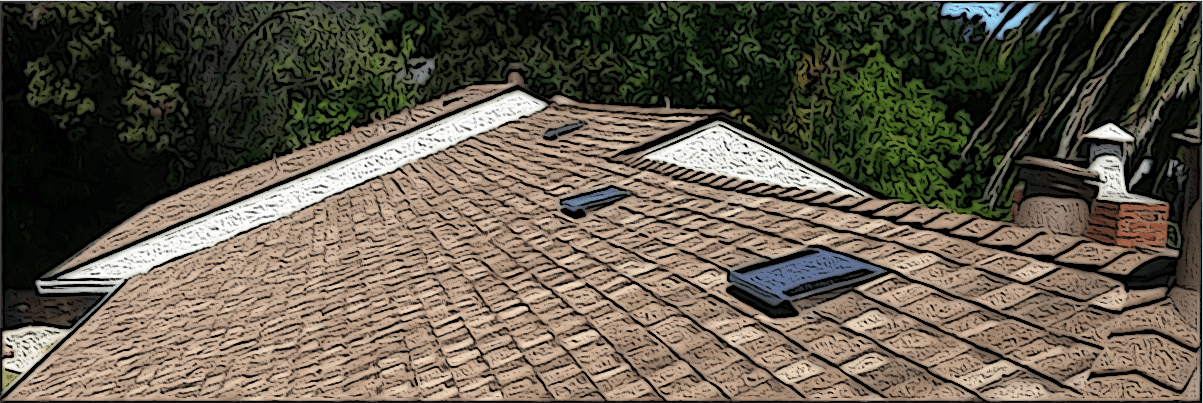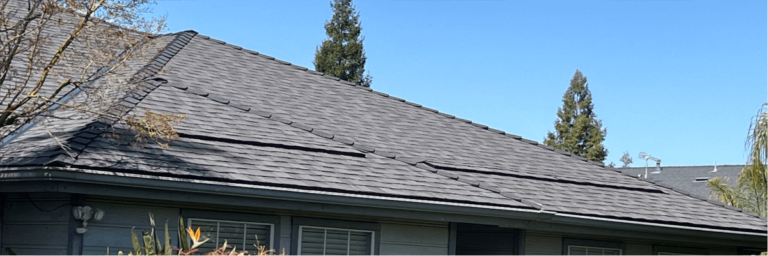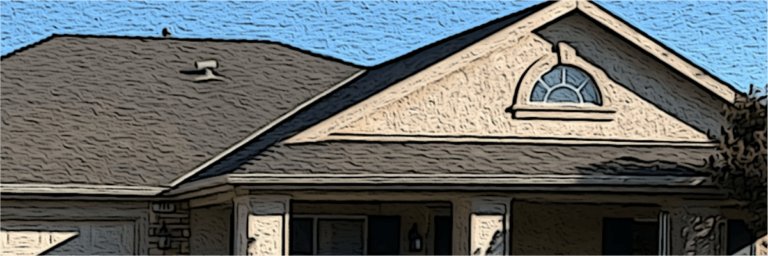
The amount of roof ventilation you need for a composition roof depends on various factors such as the size and shape of your attic, local climate conditions, and the type of ventilation system you choose. Proper ventilation is important to prevent issues like excess heat buildup, moisture accumulation, and ice dam formation.
A common rule of thumb is to have 1 square foot of net free ventilation area for every 150 – 300 square feet of attic floor space. This number is determined by the local building code and shingle manufacturer. This is typically divided between intake vents (usually located at the soffits or eaves) and exhaust vents (located near the ridge or high points of the roof).
For example, if your attic is 1,500 square feet, you would aim for a total of 10 square feet of net free ventilation (1,500 / 150 = 10). This 10 square feet would be divided between intake and exhaust vents.
It’s essential to have a balanced ventilation system with roughly equal amounts of intake and exhaust ventilation to ensure effective air circulation. This helps prevent issues like condensation, mold growth, and premature deterioration of roofing materials.
Keep in mind that this is a general guideline. Mid-State Construction can determine the specific ventilation requirements for your roof based on your unique circumstances and local building codes. Additionally, factors like roof pitch, insulation, and the local climate can influence the ideal ventilation setup.
Does proper ventilation affect the roof warranty?
Yes, proper ventilation can be important for maintaining a valid roof warranty. Many roofing material manufacturers include specific requirements for ventilation in their warranty guidelines. Failure to meet these ventilation requirements may result in the warranty being voided.
Proper ventilation helps regulate temperature and moisture levels in the attic, which can significantly impact the lifespan of the roofing materials. Inadequate ventilation can lead to issues such as heat buildup, condensation, and moisture-related problems, which may contribute to premature deterioration of the roof.
To ensure that your roof warranty remains valid, it’s essential to follow the manufacturer’s guidelines regarding ventilation. This typically involves meeting specific ventilation ratios, ensuring proper placement of intake and exhaust vents, and maintaining a balanced system. It’s recommended to consult the warranty documentation provided by the roofing material manufacturer and work with a qualified roofing professional to ensure that your roof’s ventilation system complies with the warranty requirements.
Keep in mind that different roofing material manufacturers may have varying warranty terms and conditions, so it’s crucial to review the specific guidelines provided by the manufacturer of the roofing materials you have installed on your roof.
For your free consultation and written estimate, call Mid-State Construction at 559-285-9835 today!



